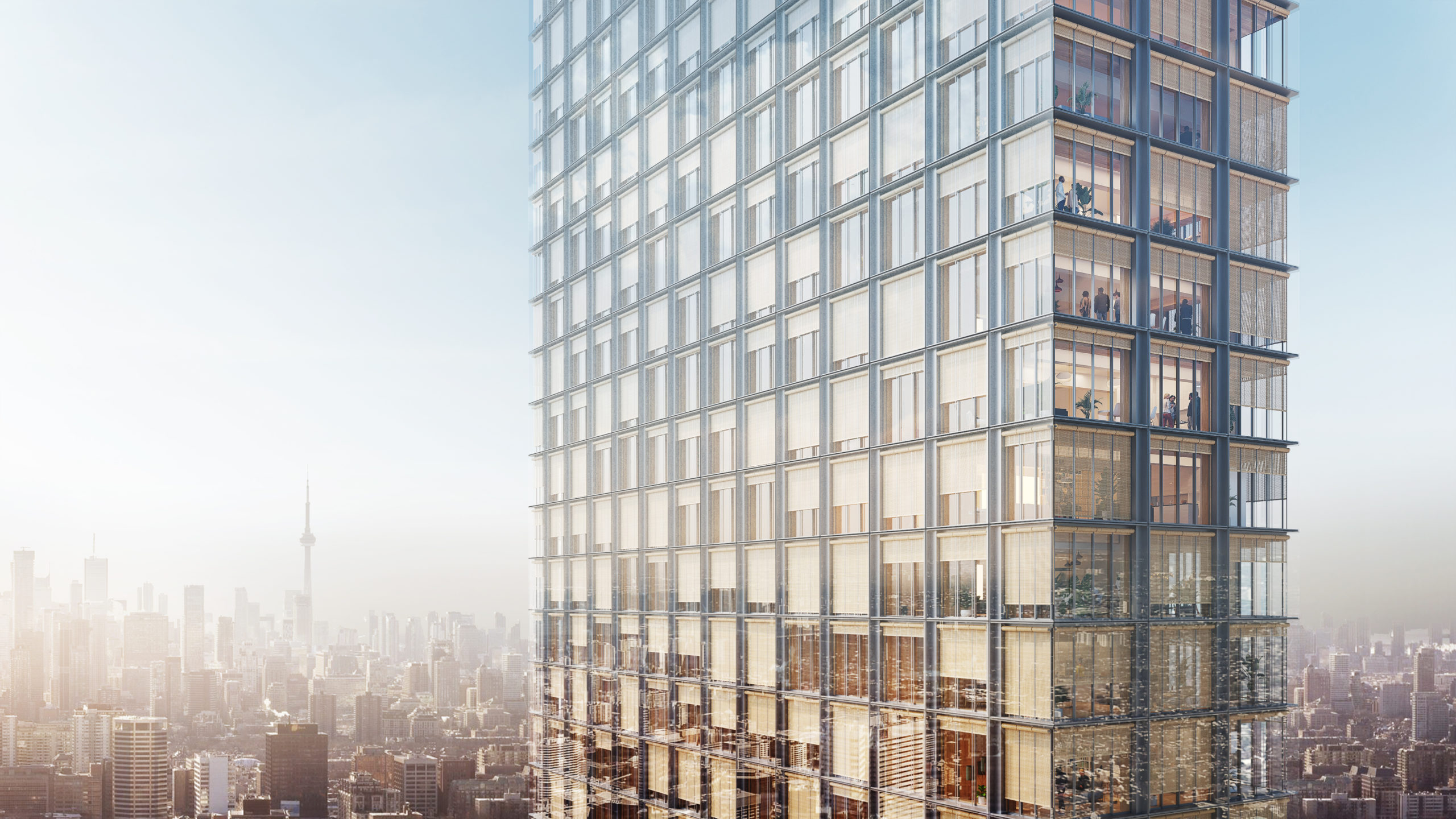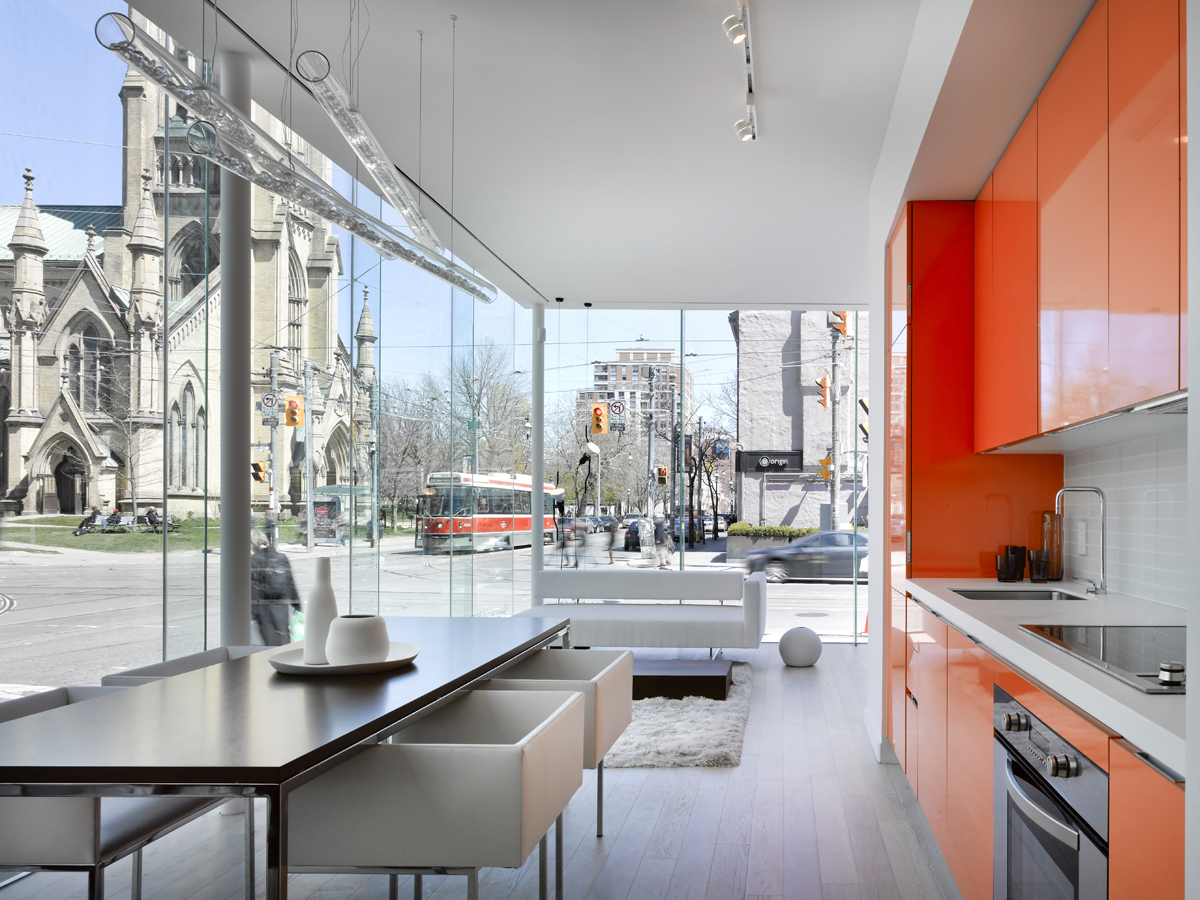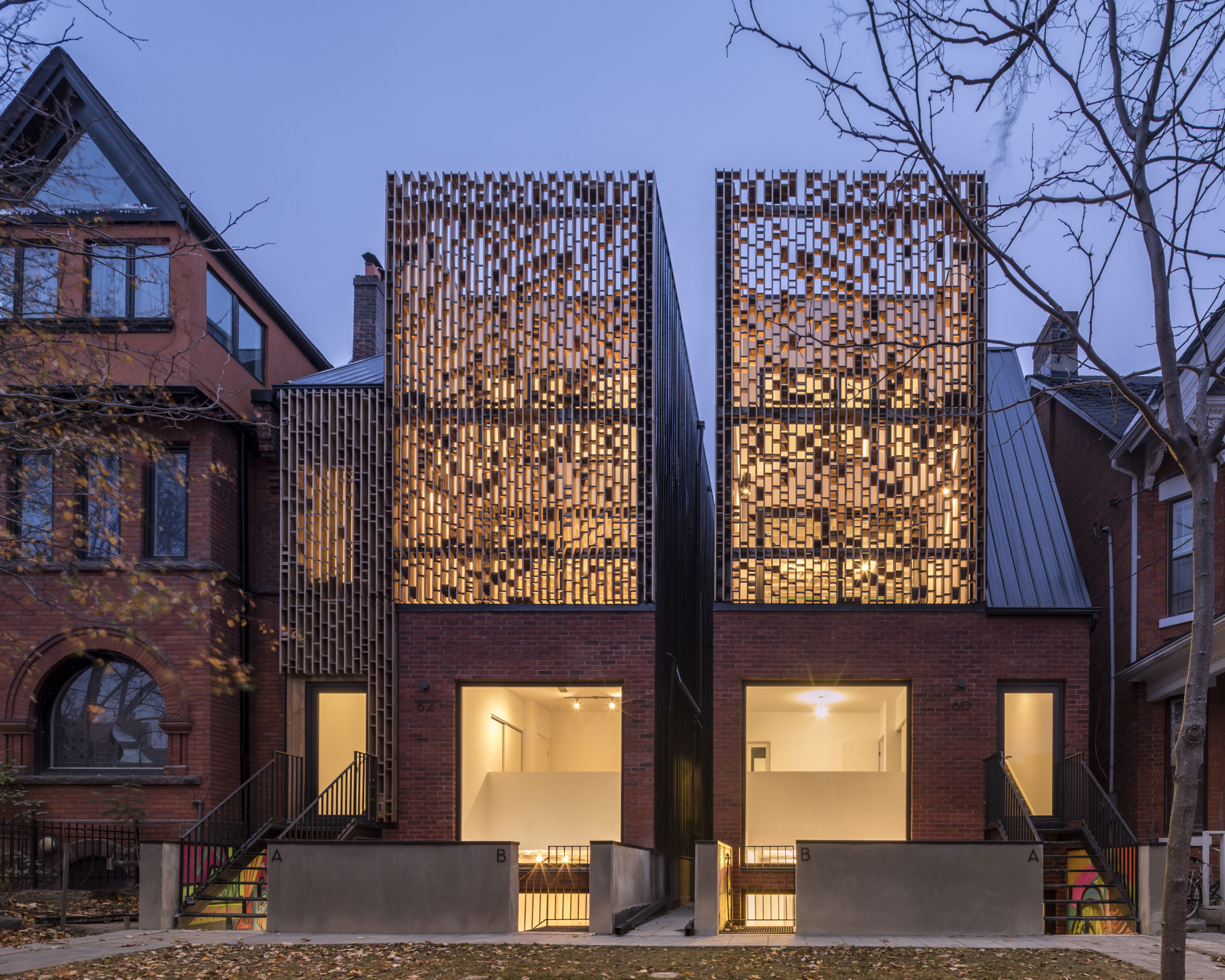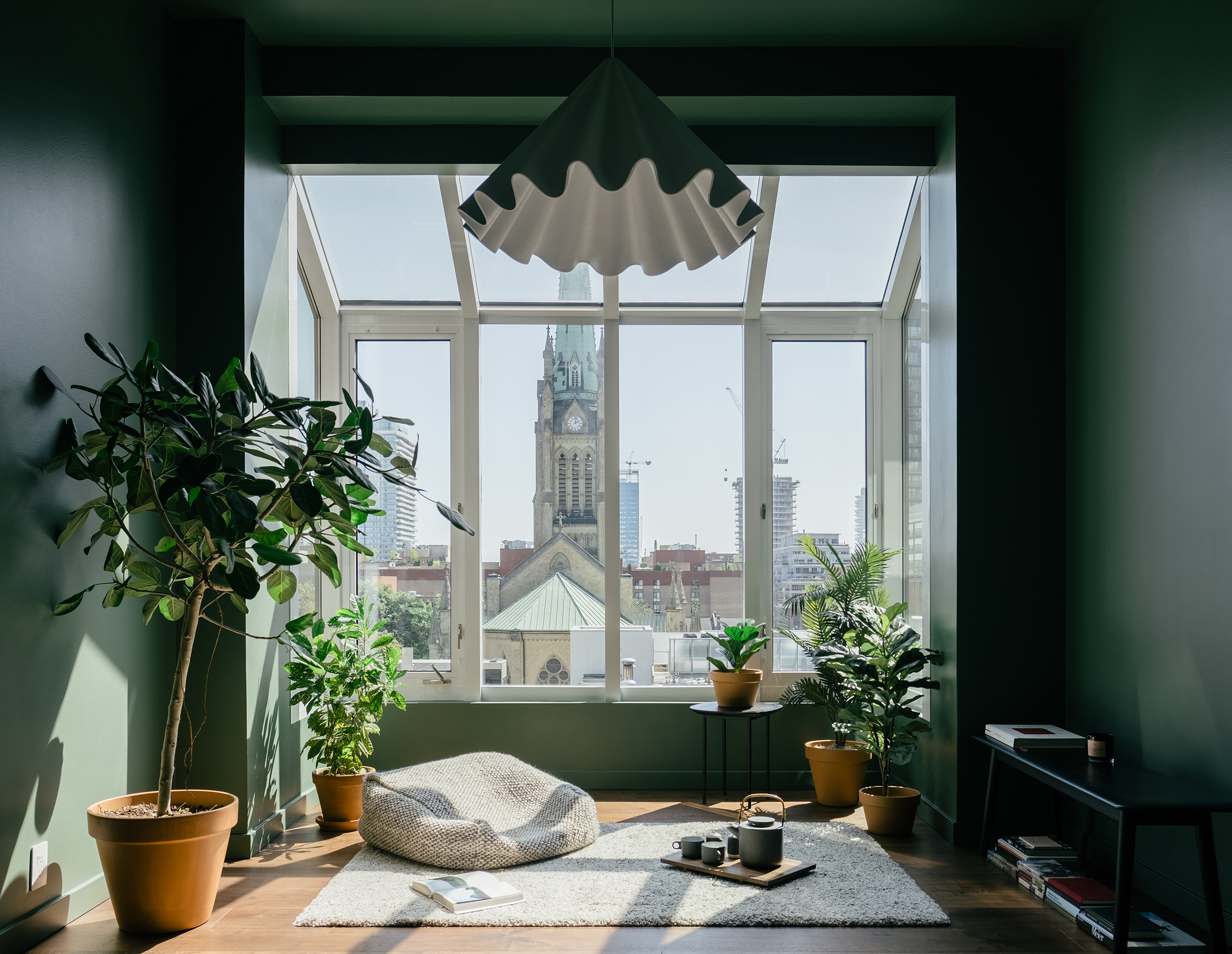Architects: Want to have your project featured? Showcase your work by uploading projects to Architizer and sign up for our inspirational newsletters.
Canada’s real estate boom has been strongly felt by all citizens, especially those residing in the nation’s larger metropolitans. In the past five years, the housing market has skyrocketed, making it nearly impossible for younger generations to purchase and rent properties. High rent and purchasing prices are pushing city dwellers out of urban areas and into nearby towns. Among the two Canadian cities most notorious for unaffordable housing are Toronto and its west coast counterpart, Vancouver. This housing crisis is a multifaceted problem with numerous moving parts and contributing factors. When looking closely into Canada’s most populated city, Toronto, it becomes evident that government intervention is necessary to ensure Torontonians can afford their lives in the city.
Toronto is the fifth-largest city in all of North America and is incredibly vibrant and multicultural. It is known for its unique architecture, diversity and opportunity — with nearly 50 percent of its population being foreign-born. With architecture ranging from 19th-century Georgian to postmodern styles, many dream of getting their hands on the quintessential red brick Victorian and Edwardian-esque homes that line many of Toronto’s downtown streets. However, such homes are hard to come by and cost a pretty penny.
A major factor contributing to this crisis is that demand outweighs supply, recently proven by a report carried out by The Canadian Urban Institute, City of Toronto and Canadian Centre of Economic Analysis. From community housing to high-end real estate, there are simply not enough properties on the market. Due to such limited properties, the costs of the ones on the market are highly-prized and highly-priced. Toronto’s steadily growing population is equally contributing to this crisis. The influx of new Torontorians requires a stream of new properties. However, supply simply cannot keep up.
Toronto’s housing inflation became so bad a few years back that the government stepped in and implemented a series of cooling measures. Back in April of 2017, the government of Ontario announced the Fair Housing Plan of Ontario, a plan which consisted of 16 different measures, all aimed at making housing more affordable while still protecting the investments undertaken by homeowners. The most significant of the measures were the rent control for private units built after 1991 and a tax on buyers purchasing dwellings as an investment and/or second property. According to the National Rent Report, the Canadian housing market has trended upward in the past year, with the average rent cost for a one-bedroom in Toronto currently priced at $2,023 ($1,589 USD). The report confirms that the housing market in Canada’s two largest cities, Toronto and Vancouver, is steadily increasing.
Foreign purchasing has equally played a role in Toronto’s expensive real estate market. Back in 2017, the government imposed a tax of 15 percent on foreign buyers. This has helped stabilize the market — especially the condo market — however, prices are still worryingly high. There is a noticeable trend in publishing real estate ads in both English and Chinese, which is likely to attract numerous foreign buyers, many of whom are from mainland China. In recent months, the Canadian government has proposed a foreign buyer ban to help ease inflation and even the playing field for Canadians. However, some experts are not entirely sure if this ban will help as foreign buyers only account for a small fraction of Canadian real-estate purchases.
Many thought that a market crash would have ensued following the pandemic, however, as we enter the post-pandemic world, rental rates continue to increase. Bullpen Research & Consulting says inflation, supply chain issues and rate changes could possibly impact the future of the market. Government policy changes during the pandemic worsened the situation as interest rates and borrowing costs were cut in half, thus creating a larger demand. Ultimately, the persisting supply and demand problem was only worsened by the COVID-19 pandemic. Toronto may not be the most expensive city in the world, however Canada has one of the most dramatic disconnects between income and property value.

1200 Bay by Herzog & de Meuron, Concept Drawing, Toronto, Canada.
Take Herzog & de Meuron‘s new concept design for example. Located in the heart of Toronto’s Bay-Bloor shopping district, the 1200 Bay tower will be for both private and commercial use. The tower will rise 87 stories high and will feature 332 condominium units ranging from one-bedrooms to penthouse suites. The proposed plans exemplify a sophisticated, state-of-the-art building that will house everything a dweller could desire: a fitness center, a concierge service and dining options. This project exemplifies one of Toronto’s biggest problems — a seemingly endless stream of condominiums being built for the rich.

Model Suite of Sixty Colborne, Toronto, Canada.
In contrast, the Sixty Colborne condominiums exemplify yet another issue — tiny units. Located in Toronto’s historic St Lawrence market district, this condo embraces the neighborhood’s unique flair and charm. Designed to offer dwellers a chance to detach from the hustling and bustling city, Sixty Colborne comes complete with a fitness center, concierge service and guest suites. Comprised of 255 units, the average price per square foot in this building is $1,108 ($869.95 USD). The units range anywhere from a tiny 439 to a comfortable 2,290 square feet.

Double Duplex by Batay-Csorba Architects, Toronto, Canada.
The Double Duplex home by Batay-Csorba Architects responds to Toronto’s rising real estate market and the housing shortage. To tackle such a problem, the architects turned the home into two separate properties. This offers the homeowners the option to rent out one of the units or use it as a second living space. Located in Toronto’s historic Parkdale neighborhood, this project exemplifies the use of densification within urban spaces to create additional housing and affordable first homes.
Canadian homes are even more out of reach than ever and the effects are strongly felt. The Trudeau government has proposed special taxes and other measures to help future buyers. Nonetheless, the future of the Canadian housing market remains uncertain for future generations and homebuyers.
Architects: Want to have your project featured? Showcase your work by uploading projects to Architizer and sign up for our inspirational newsletters.

 1200 Bay
1200 Bay  Double Duplex
Double Duplex 


